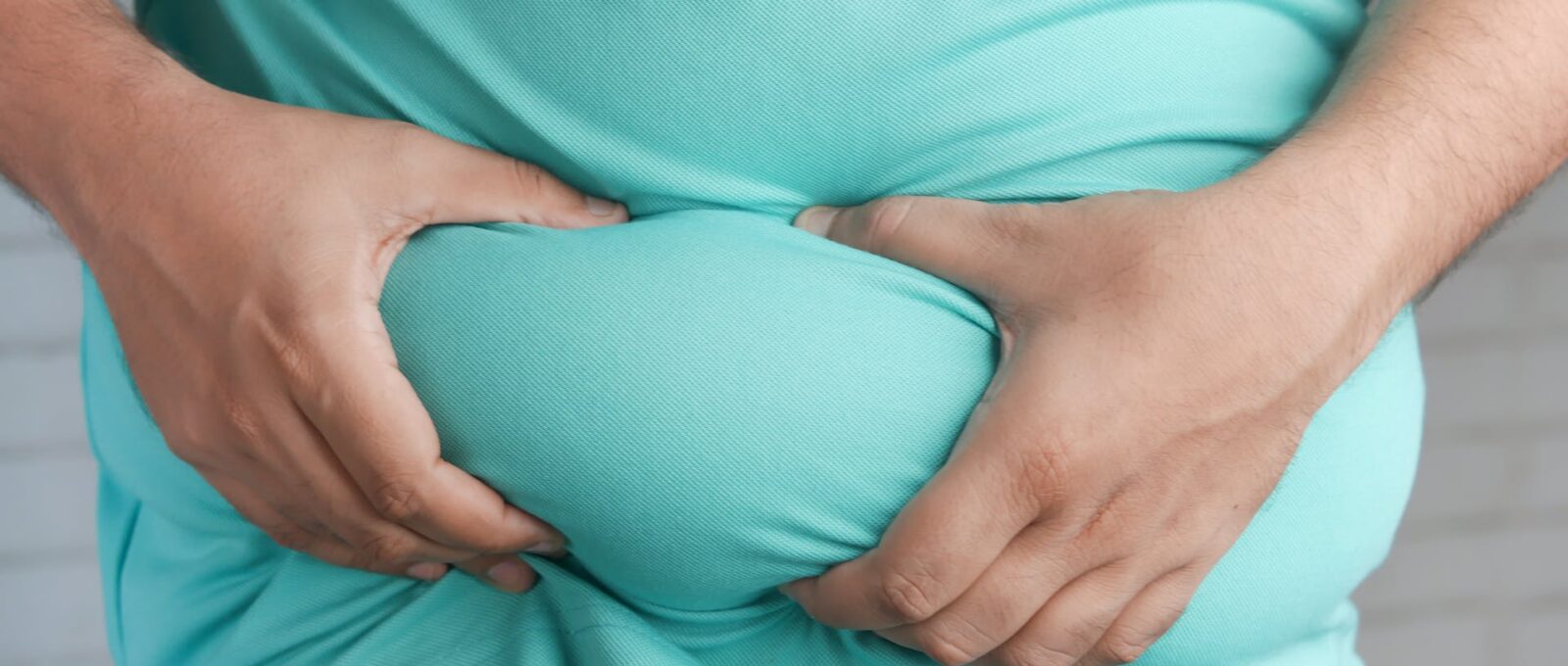CoolSculpting has gained popularity in recent years as a non-invasive and effective method for reducing unwanted body fat. But what exactly is CoolSculpting and how does it work? In this article, we will delve into the science behind this innovative procedure, debunk common myths, and explore important considerations to determine if CoolSculpting is the right choice for you.
The Science Behind CoolSculpting: How Does it Work?
CoolSculpting, also known as cryolipolysis, is based on the principle that fat cells are more sensitive to cold temperatures than other cells in the body. The procedure involves the use of a specialized device that applies controlled cooling to target and freeze fat cells in specific areas of the body. The cold temperature causes the fat cells to undergo apoptosis, a natural process where the cells are gradually eliminated from the body over time.
During the treatment, a gel pad and applicator are placed on the targeted area, creating a vacuum effect that draws the fat tissue between cooling panels. As the cooling panels deliver controlled cooling, the patient may experience a sensation of intense coldness, but this subsides within a few minutes. The duration of the treatment varies depending on the area being treated, typically lasting between 35 to 60 minutes.
Debunking Myths: Separating Fact from Fiction
Despite its growing popularity, CoolSculpting has also faced its fair share of myths and misconceptions. Let’s take a closer look at some of the most common myths and separate fact from fiction.
Myth 1: CoolSculpting is a weight-loss procedure
Fact: CoolSculpting is not intended as a weight-loss solution. It is designed to target and eliminate stubborn pockets of fat that are resistant to diet and exercise. The procedure is most effective for individuals who are already close to their ideal weight and have specific areas of concern.
Myth 2: CoolSculpting is painful and requires downtime
Fact: While some patients may experience discomfort during the initial stages of the treatment due to the intense cold, this sensation quickly dissipates. CoolSculpting is a non-invasive procedure, meaning there are no incisions or anesthesia involved. Patients can resume their normal activities immediately after the treatment, making it a convenient option for those with busy schedules.
Myth 3: CoolSculpting results are not long-lasting
Fact: CoolSculpting provides long-term results by permanently eliminating fat cells from the body. Once the fat cells are frozen, they are gradually metabolized and expelled by the body’s natural processes. However, it’s important to maintain a healthy lifestyle to prevent the remaining fat cells from expanding.
Is CoolSculpting Right for You? Important Considerations
Before deciding on CoolSculpting, it’s crucial to consider several factors to determine if it is the right choice for you.
1. Targeted fat reduction: CoolSculpting is most effective for localized fat deposits, such as love handles or double chins. If you are looking for overall weight loss, alternative methods may be more suitable.
2. Realistic expectations: While CoolSculpting can provide noticeable improvements, it’s important to have realistic expectations. Results vary from person to person, and multiple sessions may be required to achieve desired outcomes.
3. Health considerations: CoolSculpting is generally safe for most individuals, but it may not be suitable for everyone. It is crucial to consult with a qualified healthcare professional who can assess your medical history and determine if there are any contraindications or potential risks.
CoolSculpting offers a non-invasive and scientifically-backed solution for targeted fat reduction. By understanding the science behind CoolSculpting, debunking common myths, and considering important factors, you can make an informed decision about whether this procedure is right for you. Remember, always consult with a qualified healthcare professional to ensure your safety and achieve the best possible results.







